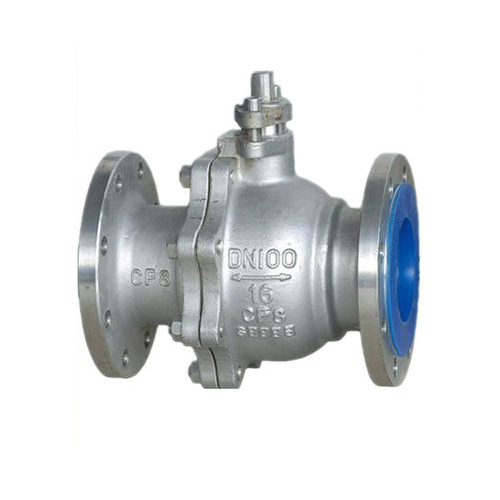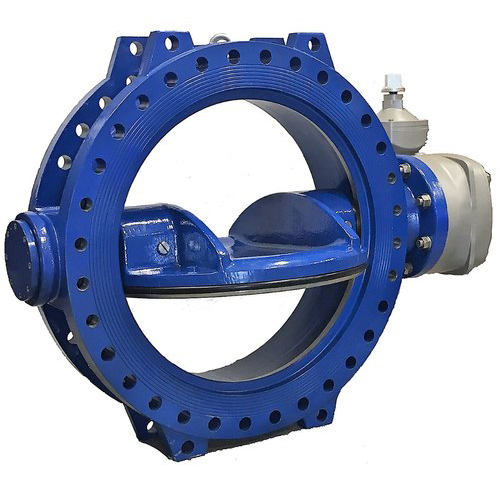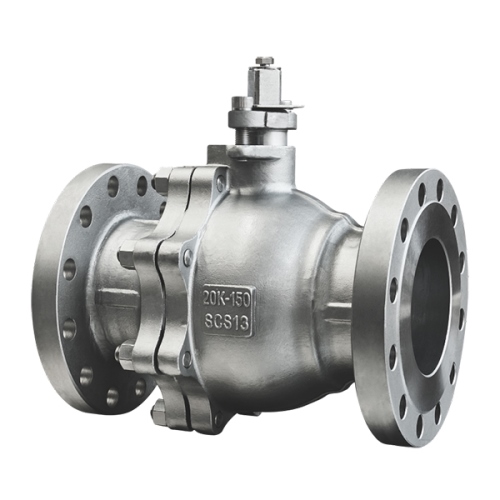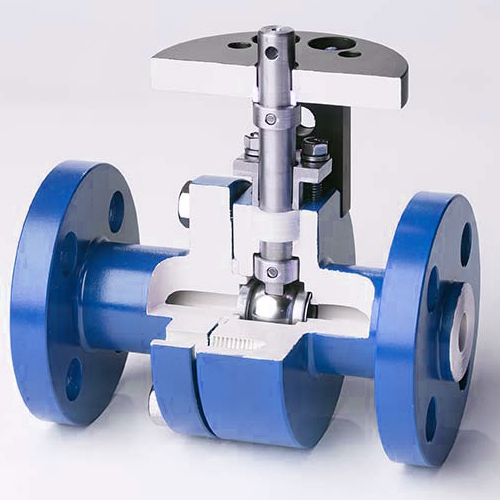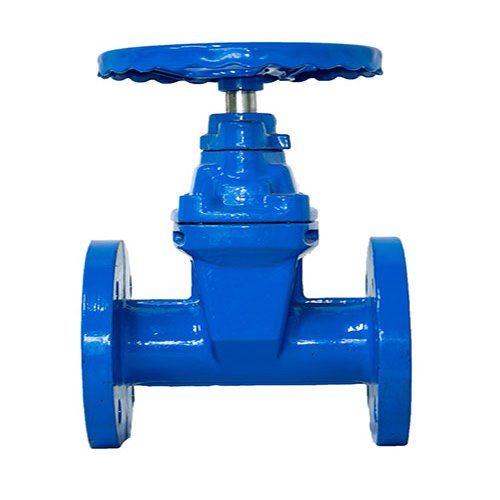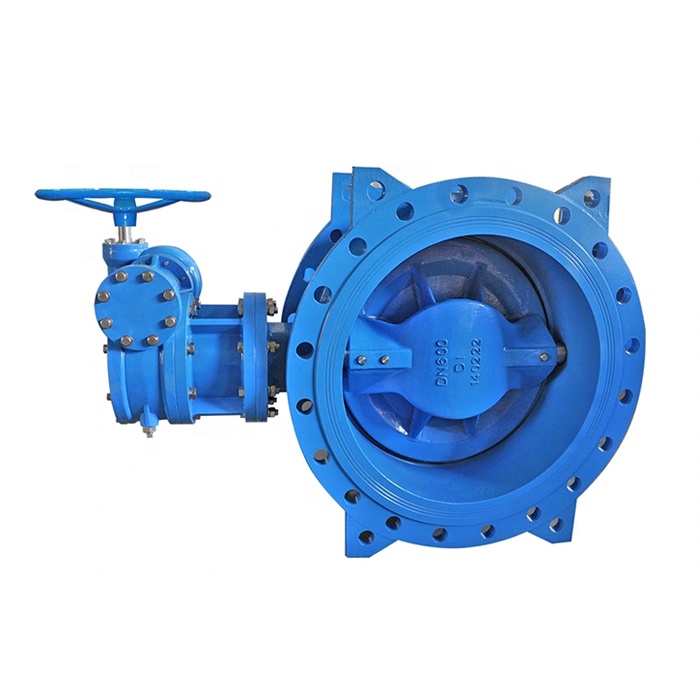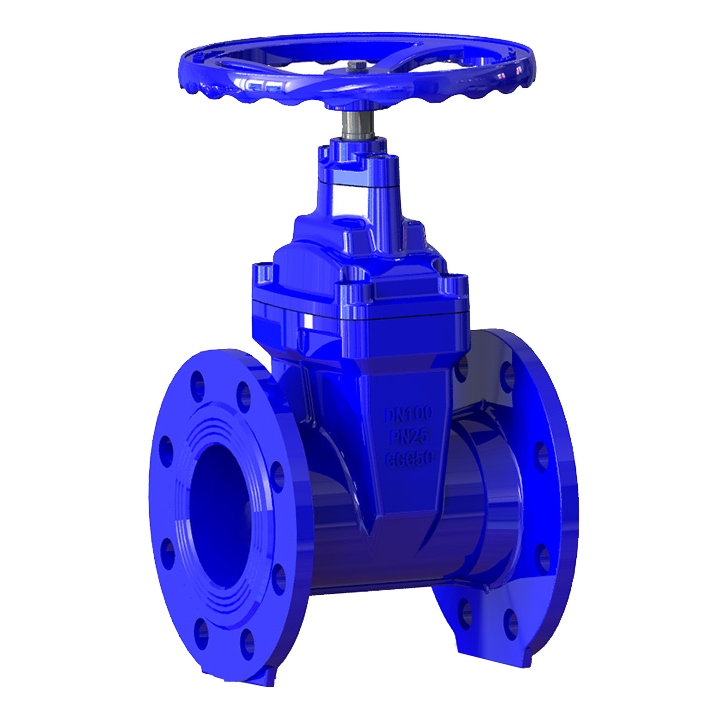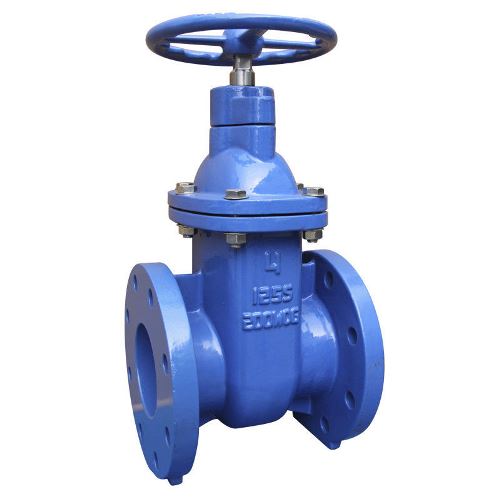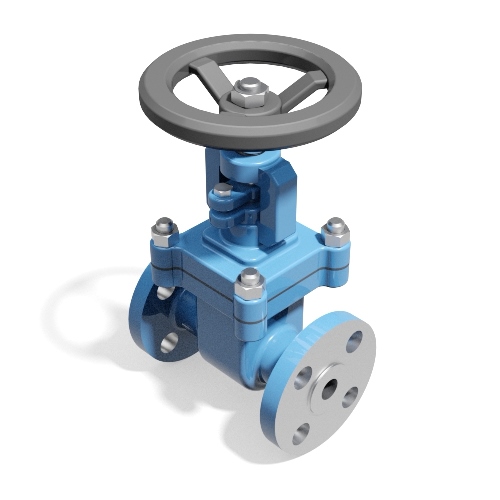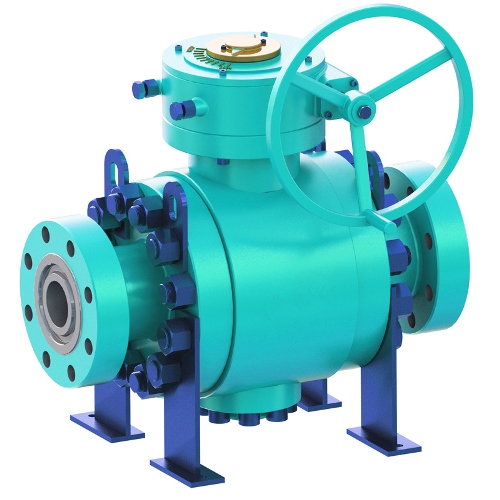The typical piping codes used in the valve industry (excluding the water industry) are ASME B31.1 for Power Piping 2014, ASME B31.3 for Process Piping 2014, ASME B31.4 for Pipeline Transportation Systems for Liquids and Slurries 2012, and ASME B31.8 for Gas Transmission and Distribution Piping Systems 2014.
In each of these codes, valves are listed in tables. When that’s the case, no additional requirements are generally placed on the valve manufacturer and supplier besides the valve product standards (e.g., API 6D, ASME B16.34, etc.). Although special cases exist, such as class M in B31.3, they are not discussed in this general overview.
Theindustryvalves are used in many applications throughout the industrial, commercial, and residential piping systems. Due to this wide range of uses, there are several major regulatory organizations which provide valve standards to ensure proper functionality, compatibility and safety for users when they choose a valve.
Engineers designing a valve for or using a valve in a product or system design for global use, should review the standard documents available from international and the applicable national standard organization.
The major standard organizations include the American Petroleum Institute (API), the American Society of Mechanical Engineers (ASME), the American National Standards Institute (ANSI), the ASTM International (American Society for Testing Materials), the Manufacturers Standardization Society (MSS), The International Organization for Standardization (ISO) which is a major international standards body with several important valve standards, The European Committee for Standardization (CEN) which creates or approves a majority of the European standards or Euro Norms (EN) and technical specifications which is for the member countries in the European Union.
And also some valve standards from national standards bodies include ANSI Valve Standards (United States), BSI Valve Standards (United Kingdom), CSA Valve Standards (Canada), DIN Valve Standards (Germany), EEMUA Valve Standards (United Kingdom), GB valve standards(China) and JSA Valve Standards (Japan). National standards bodies mainly approve product standards for use in their prospective countries from other standards organizations. In addition, they provide national accreditation services for standard and certification organizations and coordinate technical advisory groups to ISO.
Engineers designing a valve for or using a valve in a product or system design for specific industrial application, should review the standard documents available from applicable industrial society organizations. Some industry specific valve standards include:





